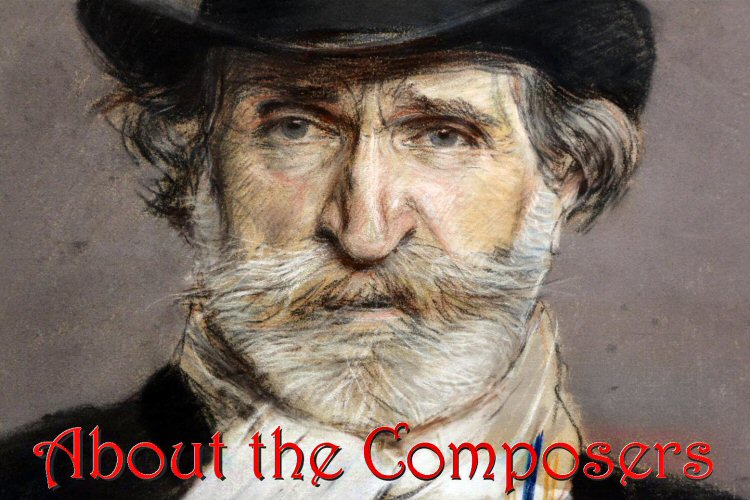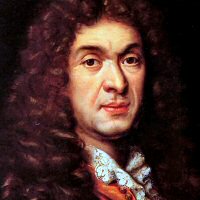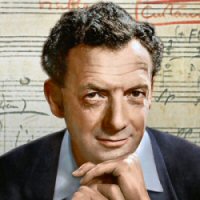| Handout (flat) Handout (folded) Class Script | Return to Index |
The shorter clips shown in class are all available on YouTube, with the exception of La clemenza di Tito; I am
giving the scene, however, in the 2003 Salzburg production. I had wanted to show it in class, because the title role is
sung by a former student of mine, Michael Schade; but this particular production makes him half-mad, which was surely not
Mozart's intention!
While Gloriana is well represented on DVDs, if you want to pay for them, the pickings on YouTube are slim. There are only a trailer and a couple of brief excerpts from the Phyllida Lloyd film that I showed. The link below to the Colin Graham production at the English National Opera links to a playlist that includes most, but not all, of the other scenes in the opera, but the video quality is very poor—a shame in a production that I recall mostly for its light and color. *Asterisked clips are different from those shown in class. rb.
| LULLY | |||
| Le Roi Danse | * Lully accompanies the King (2000 film by Gérard Corbiau) | ||
| Atys | * Prologue, opening (Opéra Comique, 2011; starts and ends sooner) | ||
| MOZART | |||
| Amadeus | * Premiere of The Magic Flute (film of the Peter Shaffer play) | ||
| La clemenza di Tito | * Final scene (Salzburg 2003; a very different production) | ||
| BRITTEN'S GLORIANA | |||
| Premiere 1953 |
* Newsreel * John Bridcut discusses the context |
||
| ENO production 1966/1984 | * Act II, scene 3 (playlist contains most of the other scenes) | ||
| Phyllida Lloyd film, 2000 |
* Entrance of the Queen * End of Act I, scene 1 * Essex's lute song (part only of the scene, very soft) |
||
| Royal Opera production 2013 |
* Trailer * Comments and rehearsals |
||


















